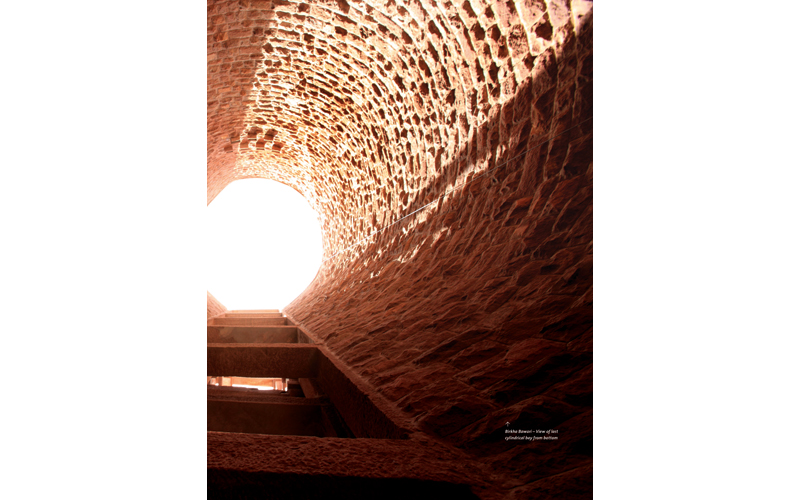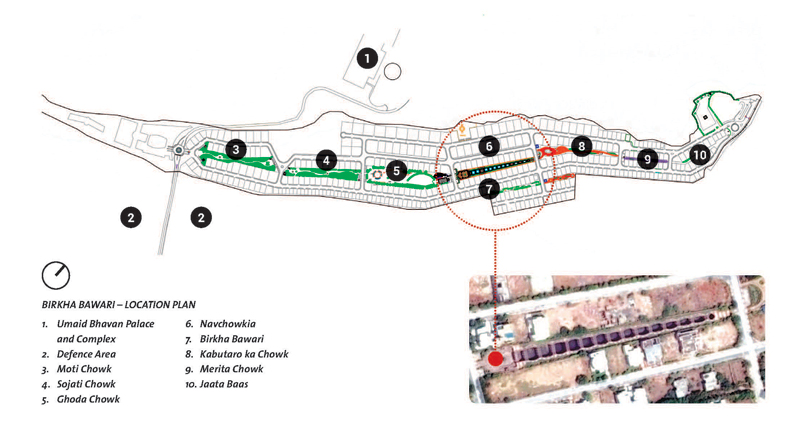Landscape Design
Birkha Bawari | A. Mridul
LA 49 |
|
Contemporarizing Traditional Water Architecture
With the current disregard towards water and its treatment as an exhaustible resource, one cannot help but realise the relevance of the ancient wisdom of conserving water.
'Birkha Bawari'- a stepped well- is one such step towards the revival of the tradition of conserving rainwater. In being able to hold approximately 15 million litres of water, it is envisaged to be able to make Rajasthan self-sustaining for an entire season when filled to its full capacity.
|
|
 |
|
'Birkha Bawari' ('birkha', in local dialect means rain, 'bawari', in the vernacular, means a stepped well) is a step in reviving the traditional concept of conserving rainwater, re-adopting vernacular technologies of using local natural materials, techniques and skilled labour force for modern use in arid regions of Rajasthan.
Many arid regions in the state of Rajasthan have a historic tradition of conservation of water through types of traditional harvesting structures. Due to deep ground water table and low annual rainfall, water is highly venerated, most cared for and wisely conserved both in terms of storage and frugality of use. Few decades back, in the city of Jodhpur, rainwater from catchments around the city were canalized and brought to manmade ponds by gravity. With rapid urbanization, burgeoning population, ever increasing industrialization, the demand of water has increased manifold. The sources remain highly insufficient as the culture of harvesting water is on decline in present times. In the wake of ruthless ground water exploitation leading to its depletion, there is a realization about the relevance of ancient wisdom of conserving water.
Birkha Bawari is a reservoir for harvesting rain water from a 110-acre catchment in a private development - Umaid Heritage Township in Jodhpur. The layout of Umaid township, adjoining Umaid palace complex is sited like a valley with Birkha Bawari
being located in the deeper troughs of the land. The design idea was inspired from myriad traditional kunds (stepped-ponds) and bawari or vav (stepped-wells).
|
|


|
|

|
|
|
|
|